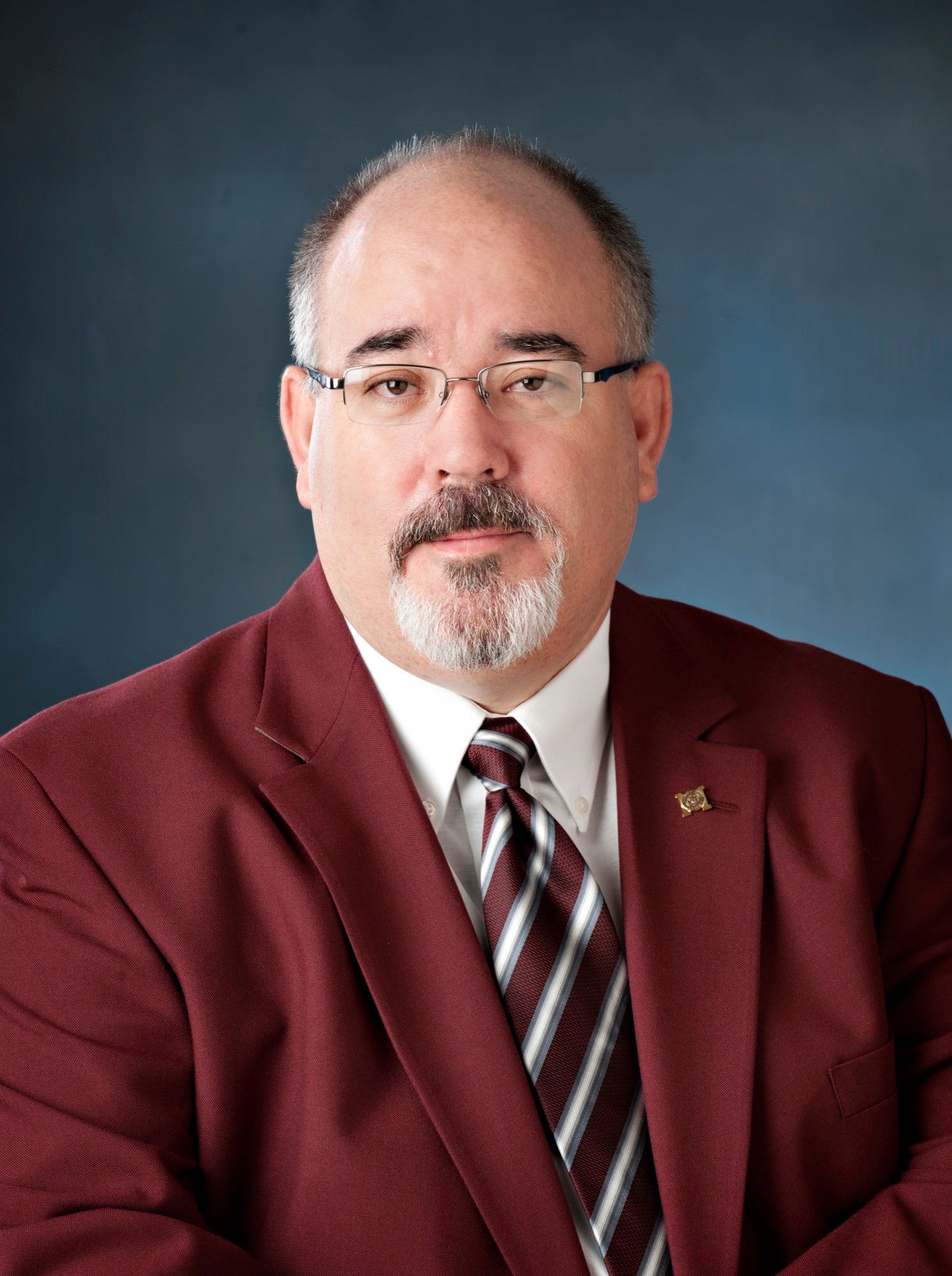Mississippi ahead of the national curve
Published 6:00 am Sunday, September 4, 2016

- Sid Salter
While the national debate continues over the influence of race and geography over prison sentencing trends, Mississippi is well ahead of the national curve on broader sentencing disparities.
The New York Times produced a provocative story this week with this headline: “Why Small, Rural Counties Send More People to Prison.” The newspaper story offered two primary takeaways: 1) Prison admissions are growing in rural and suburban America despite declining crime rates; and 2) This growth is happening in mostly white, rural and politically conservative areas.
Reporters Josh Keller and Adam Pearce observed: “Prison admissions in counties with fewer than 100,000 people have risen even as crime has fallen, according to (our) analysis, which offers a newly detailed look at the geography of American incarceration.
“Just a decade ago, people in rural, suburban and urban areas were all about equally likely to go to prison. But now people in small counties are about 50 percent more likely to go to prison than people in populous counties.”
The poster child for this story was Dearborn County, Indiana, a rural county that is 97 percent white – and in 2014 “sentenced more people to prison than San Francisco or Westchester County, N.Y., which each have at least 13 times as many people.”
Mississippi made a preemptive strike on some of those concerns. Led by Gov. Phil Bryant and his bipartisan Corrections and Criminal Justice Task Force – made up of judges, prosecutors, law enforcement, defense attorneys, county officials and others – Mississippi set out to avoid some of those pitfall by reforming sentencing guidelines.
The motivation? Consider that in 2012, Mississippi had the nation’s second-highest imprisonment rate, trailing only Louisiana. A 2013 Pew Charitable Trusts study documented what most state legislators already knew from wrestling the state’s budget — that Mississippi’s prison population was soaring and so was the cost of operating the state’s prison system.
Here’s a succinct description of the problem from the 2013 Pew study: “Mississippi’s prison population (grew) by 17 percent in the last decade and 134 percent in the past 20 years. The comparable figures for Mississippi’s resident population are 4 and 14 percent, respectively.
“Mississippi taxpayers spend $339 million annually on corrections, up from $276 million in 2003. The vast majority — 93 percent — pays for prisons, while the remainder funds probation, parole, and house arrest.”
What brought about that growth in Mississippi’s prison population at a time of national prison population decline? Mississippi joined a host of states around the country in adopting so-called “truth-in-sentencing” laws in 1995. The laws require all inmates sentenced to felony time in the state penitentiary system after July 1, 1995, to serve 85 percent of their term before they could even be considered for parole.
Mississippi still has inherent disparities in sentencing. Race and geography remain part of those disparities. The fact is that Mississippi incarcerates blacks at 3.5 times the rate of whites. African Americans comprise 37 percent of the state’s population, but 61.4 percent of the state’s prisoners.
Compare Prentiss County (84 percent white) with a 42.5 percent prison admission rate per 100,000 to Noxubee County (72 percent black) with a 10.8 percent prison admission rate.
Broader state sentencing reforms made dollars and sense for Mississippi taxpayers. But local core beliefs about public safety, crime, and punishment that are inexorably tied to race and geography are far more complex and will be difficult to change – if they change at all.
In Prentiss County, Mississippi as in Dearborn County, Indiana, there are many who like the idea that criminals know that their counties are places where citizens believe in stiff punishment and long sentences for drug dealers and other criminals they perceive as threats to their communities – and who aren’t much interested in changing that perception.
Sid Salter is a syndicated columnist. Contact him at sidsalter@sidsalter.com.





